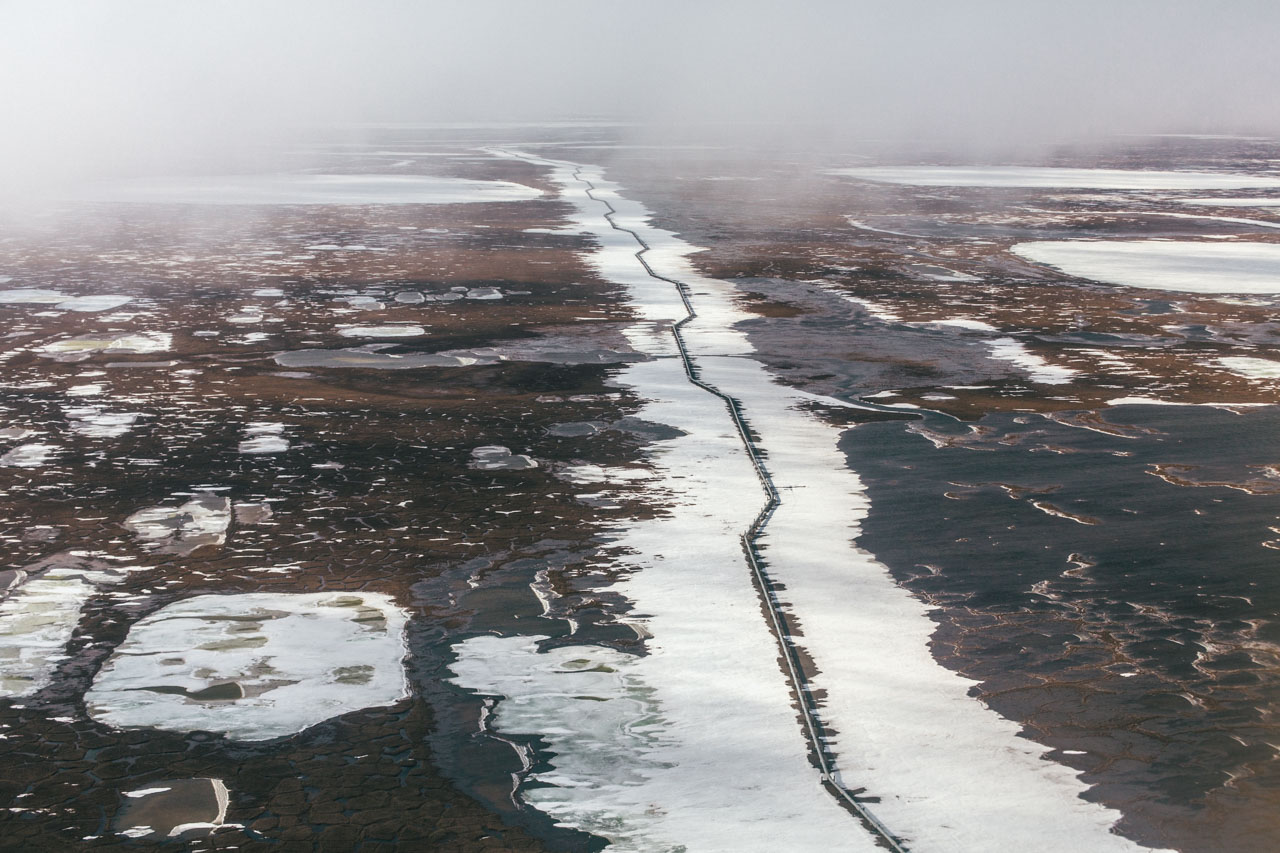Hidden Frost Polygon Fields In Alaska’s Arctic National Wildlife Refuge

Have you ever heard of frost polygon fields? These natural wonders can be found in Alaska's Arctic National Wildlife Refuge. Formed by the freezing and thawing of ground ice, these geometric patterns create a stunning landscape. Imagine walking through a field where the ground looks like a giant puzzle. The Arctic National Wildlife Refuge offers a unique chance to see these formations up close. Whether you're a nature lover or just curious about unusual landscapes, this place has something special. Ready to learn more about these fascinating features? Let's dive into the world of frost polygon fields!
Discovering the Hidden Frost Polygon Fields
Alaska's Arctic National Wildlife Refuge (ANWR) is a vast, untouched wilderness. Among its many wonders are the hidden frost polygon fields, unique geological formations created by the freeze-thaw cycles of the Arctic climate. These fields are not only fascinating to scientists but also a sight to behold for adventurous travelers.
What Are Frost Polygon Fields?
Frost polygon fields are natural patterns formed in permafrost regions. They appear as geometric shapes, usually hexagons, created by the freezing and thawing of the ground. These formations are rare and can be found in only a few places around the world.
Where to Find Frost Polygon Fields in ANWR
Exploring the Arctic National Wildlife Refuge can lead you to some of the most stunning frost polygon fields. Here are some key locations where you can witness these natural wonders:
Canning River Area
- Located in the northern part of ANWR, the Canning River area is home to extensive frost polygon fields. The river's meandering path and the surrounding tundra create a perfect environment for these formations.
Sadlerochit Mountains
- The foothills of the Sadlerochit Mountains offer another prime spot for observing frost polygons. The unique combination of elevation and permafrost in this region results in well-defined geometric patterns.
Jago River Valley
- This valley, nestled between rugged peaks, is a hidden gem for frost polygon enthusiasts. The Jago River Valley's remote location ensures that the polygons remain largely undisturbed.
Hulahula River Basin
- The Hulahula River Basin, with its expansive tundra, provides an excellent backdrop for frost polygon fields. The basin's flat terrain allows for the development of large, intricate patterns.
Marsh Fork of the Canning River
- Another section of the Canning River, the Marsh Fork area, is known for its striking frost polygons. The interplay between the river and the surrounding permafrost creates a dynamic landscape.
Aichilik River Region
- The Aichilik River region, with its diverse terrain, offers a variety of frost polygon formations. From small, tight patterns to larger, more spread-out designs, this area has it all.
Okpilak River Area
- The Okpilak River area is a lesser-known but equally impressive location for frost polygons. The river's influence on the permafrost results in unique and captivating shapes.
Kongakut River Valley
- The Kongakut River Valley, with its pristine wilderness, is a must-visit for anyone interested in frost polygons. The valley's isolation ensures that the formations remain in their natural state.
Firth River Corridor
- Although technically in Canada, the Firth River Corridor is close enough to ANWR to be included. This area boasts some of the most well-preserved frost polygon fields in the region.
Beaufort Sea Coastline
- The coastline along the Beaufort Sea, where ANWR meets the Arctic Ocean, is another excellent location for frost polygons. The coastal environment adds an extra layer of beauty to these natural formations.
Discovering Alaska's Hidden Frost Polygon Fields
Exploring Alaska's Arctic National Wildlife Refuge reveals a unique natural wonder: the frost polygon fields. These geometric patterns, formed by the freezing and thawing of soil, offer a glimpse into the region's geological history. Visiting these fields provides an opportunity to witness nature's artistry up close.
Travelers to this remote area should prepare for challenging conditions. The refuge's isolation means limited access to amenities, so packing essentials is crucial. Guided tours can enhance the experience, offering insights into the formation and significance of the frost polygons.
The beauty and mystery of these formations make the journey worthwhile. Whether you're a seasoned adventurer or a curious traveler, the frost polygon fields in Alaska's Arctic National Wildlife Refuge promise an unforgettable experience. Embrace the chance to see one of nature's hidden gems.

